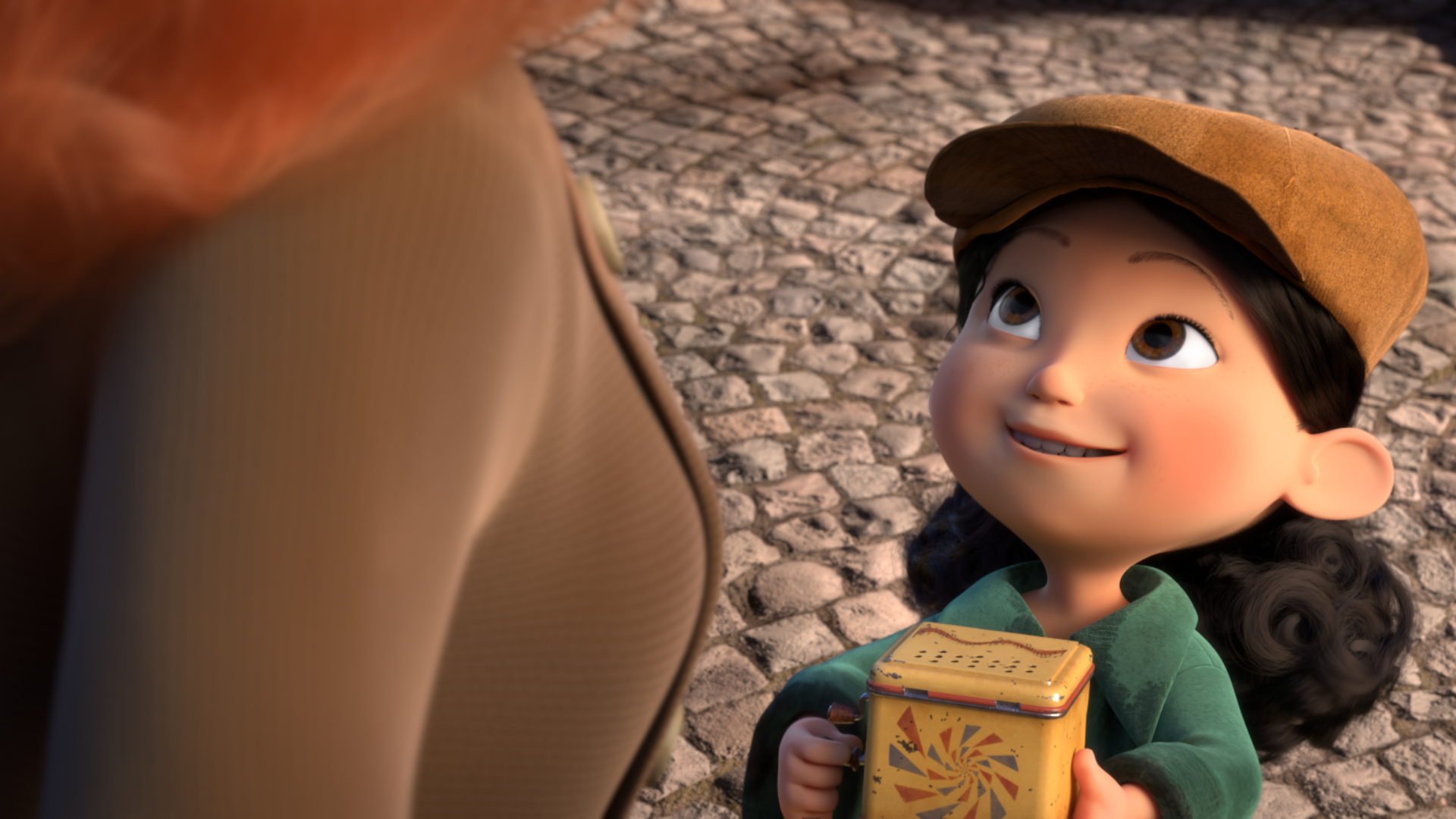
Since its inception in 2014, Cinesite’s Feature Animation division has been working with filmmakers to deliver compelling stories that are created with increasingly complex, and progressively higher quality animation. Our feature animation departments work collaboratively together to breathe life into the characters and places these stories rely on.
In this series, we explore each department through conversations with our crew and dive into the role they play within the production pipeline.
In this edition: Lighting and Compositing with Kenny Chang, Department Head at Cinesite Vancouver
What is lighting and compositing within the context of feature animation?
Lighting and Compositing collects all data provided from other departments in production and generates imagery that evokes an emotional response from the viewer. The qualities of the lights (colour, softness, angle, and value) all help guide that response to aid in the storytelling. The Lighting and Compositing department in collaboration with art and layout help to create the overall look and feel of the film.

What are some methodologies in lighting and compositing?
Observe and learn from traditional art and cinematography. From paintings to photography to film, we always want to practice in the art of visual storytelling. Using both technology and art theory based on composition, colour and the properties of light and materials, lighters bring to life computer generated elements through the render software, particularly the Render Engine, which calculates data and outputs compelling images pixel by pixel. We can further work to integrate individual rendered images at the compositing stage where final touches like grading, colour correction, post effects are done to create a seamless end product, the feature animated film.
In terms of philosophy, the study of cinematography has been on the forefront of advancing the effectiveness of our department. Taking the expansive developments in cinematography done in films, we want to approach lighting and compositing CG animated feature films by thinking critically about the art of visual storytelling. How do we work with departments like art and layout to decide on the best creative choices such as camera settings, set dressing, composition and lighting to achieve the most effective shots? A CG production is no different than a live action film – it’s a collaborative effort. The Lighting and compositing department succeeds by working with other departments to output a cohesive, visual narrative.
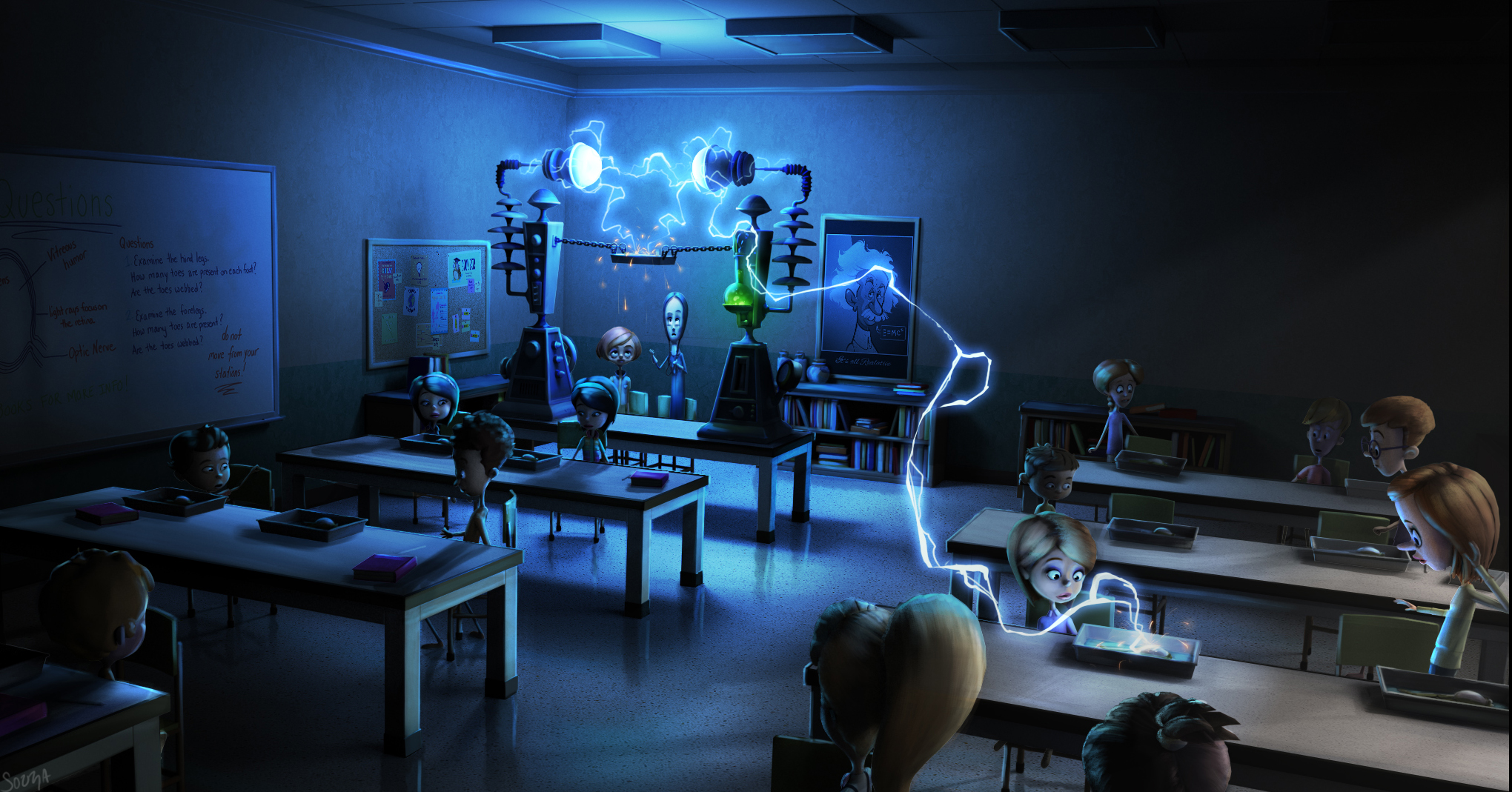
What role does the lighting and compositing department have within the overall production pipeline? Where does it come in in relation to everything else?
As the last department before delivery, the Lighting and Compositing department is the final check in a long production line – the final rendered images are a culmination of all the artistic and technical prowess of each department and their talented artists. Our department is responsible for delivering the final rendered product, what audiences see on screen. We want to make sure that every little detail that is carefully constructed from various departments – from animators keyframing poses of each character, to FX artists simulating particle effects, to surfacing artists hand painting textures – are showcased by lighting.
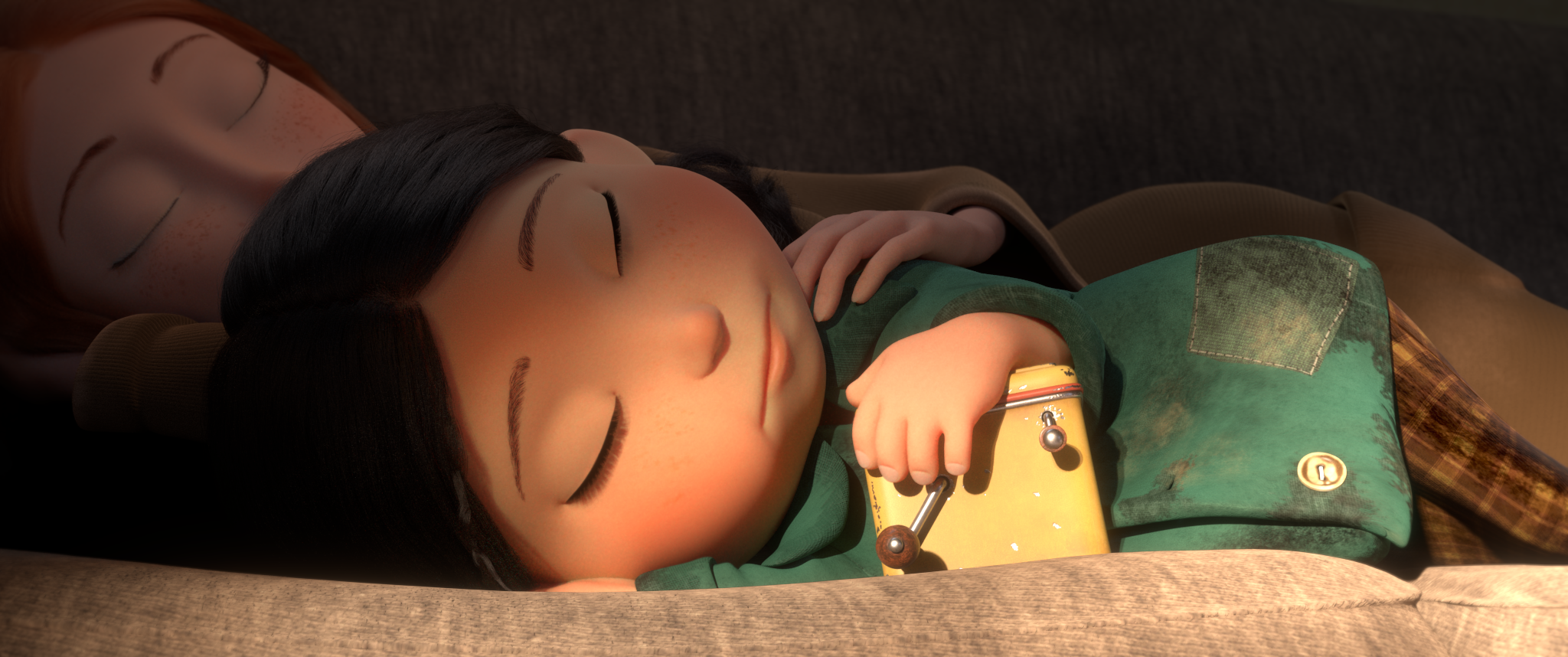
What is the objective of lighting and compositing?
Ultimately Lighting and Compositing is part of the storytelling process. The goal is always to support the story with lighting so that viewers remain engaged to the narrative. Lighting and compositing is a big part of the visual storytelling of a film, we cannot use words therefore we use images to visualise to the audience what to feel. In each shot we want to direct the viewer’s eye to focus on where we want them to look so that we can continue to advance the narrative. Each shot is carefully lit and composited to achieve this goal, so that the viewer is immersed in the plot from the very first shot to the very end.
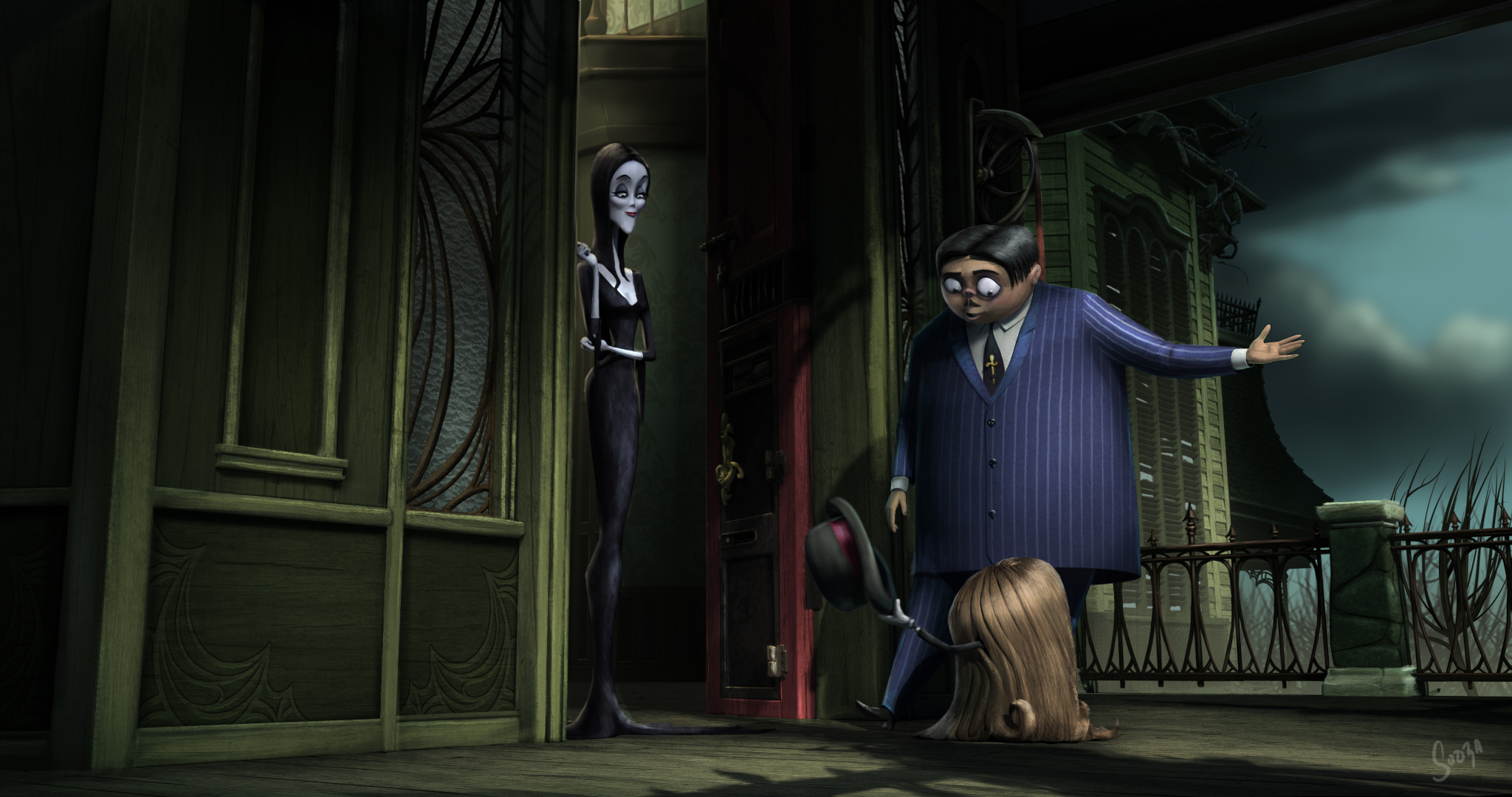
How is lighting and compositing for a feature differ from a series?
A single story arc is played out in a feature film. Lighting and compositing needs to adhere to a more structured visual style to tell an immersive story that is also cinematic in scope. More time is given to creating more complex lighting scenarios. Episodic series have to focus on creating a lot of content in a short amount of time so they tend to have to focus on being simpler in their lighting and compositing setups.
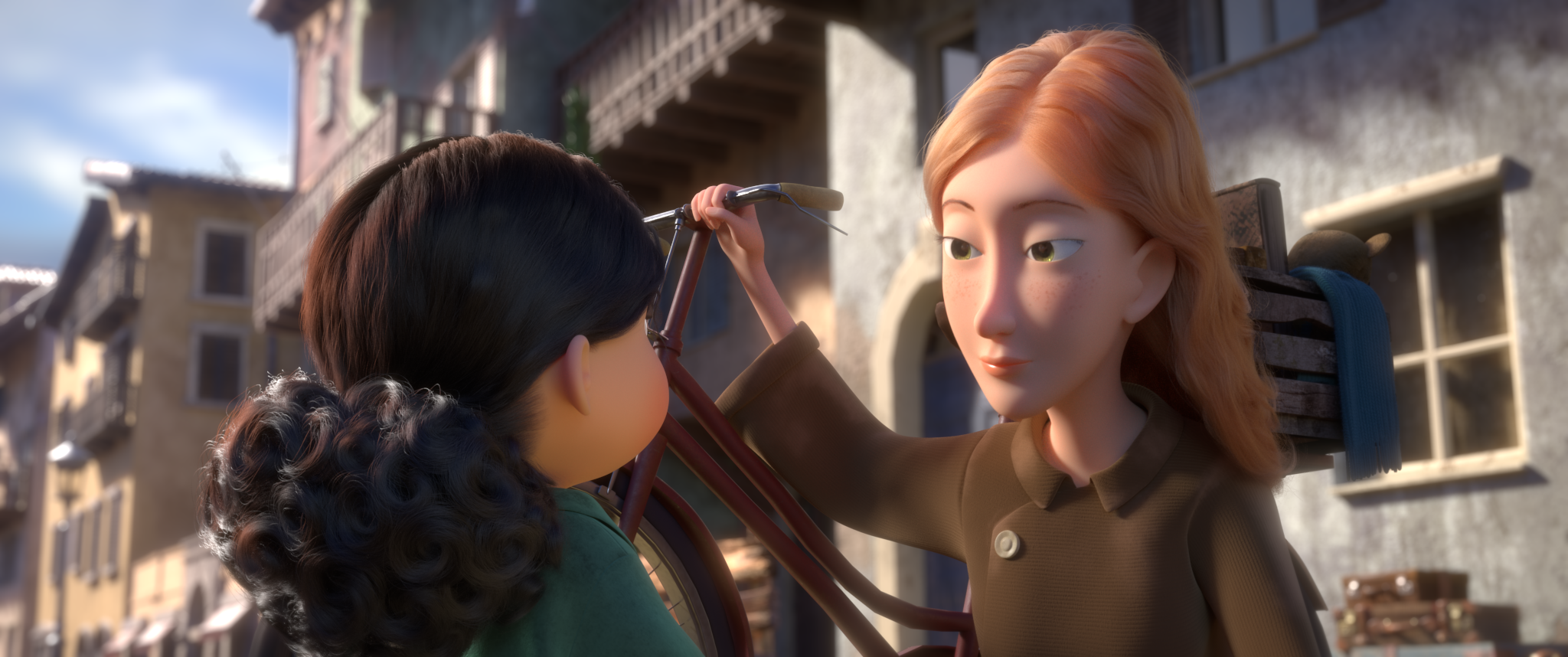
What skills are required to be successful in lighting and compositing?
Aside from the specific artistic and technical skill sets required in our field, an appetite to learn and improve by studying cinematography and the craft of film-making is an absolute must.
Specific to lighting and compositing is the constant adoption of advancements in technology. As a department that relies on improvements in the technological field of graphics computation, it is important for industry veterans and striving lighters alike to keep on top of advancements in our field. However, it is important to not rely completely on technology, as a balance of artistic and technical prowess is key to success. In short, lighters are artists as well as technicians.

What is the best thing about being in the lighting and compositing department?
Being the last department allows us to appreciate all the work that was put into the creation of each shot and that we are the final puzzle piece that completes the process.

What is the best part of being in the lighting and compositing department at Cinesite Feature Animation?
What is most rewarding is to be able to work collaboratively with individuals with diverse backgrounds and different levels of experiences and specialization. We are constantly developing the lighting and compositing department, adapting to challenges, and absorbing contributions from every artist based on their own unique experiences, creative talent and personalities.
